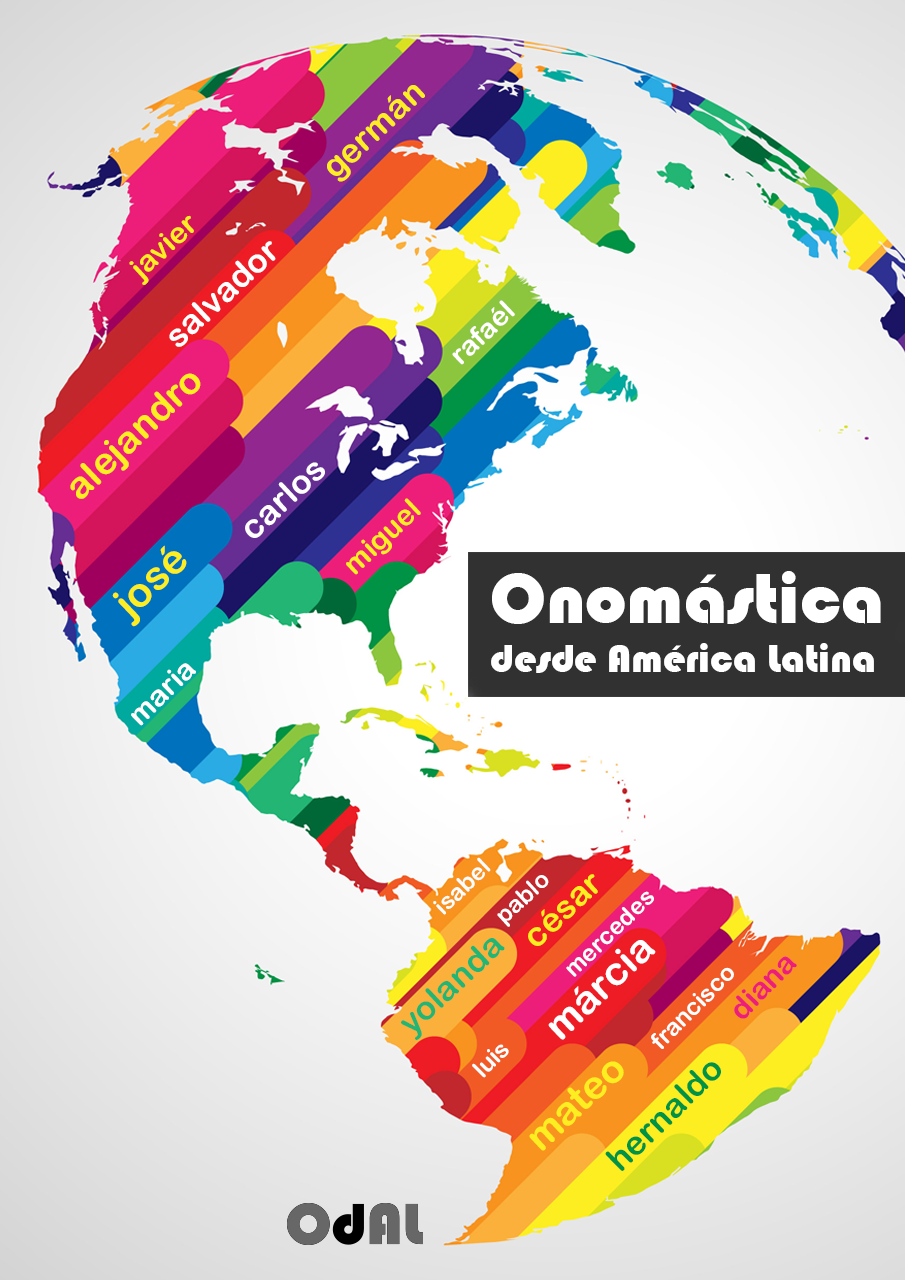L’usage des prénoms bibliques en Algérie
The Use of Biblical First Names in Algeria
DOI :
https://doi.org/10.48075/odal.v5i1.32826Mots-clés :
nom propre, religion, culture, transcription, langueRésumé
Les noms bibliques font référence aux nombreux noms propres qui ont souvent une signification symbolique ou historique importante dont certains d’entre eux sont associés à des figures religieuses majeures, comme « Abraham », « Moïse », « David » et « Jésus ». Dans cet article, nous essayons de traiter les noms bibliques ayant toujours existé dans l’usage onomastique en Algérie et sont souvent sujets à des modifications phonétiques, résultant de la diversité linguistique inhérente à la langue arabe de manière générale et au parler algérien en particulier. Ainsi, ces noms, porteurs d’une histoire millénaire et d’une richesse symbolique indéniable, traversent les frontières géographiques et linguistiques, reflétant la complexité et la transcendance des récits bibliques dans le tissu culturel arabo-musulman.Dans le cadre de cette démarche, nous avons opté pour l'utilisation de la méthode du recensement sur toute l'étendue de l'année 2020. Par la suite, nous avons entrepris la catégorisation et la classification de quarante-deux (42) noms propres (prénoms et noms de familles) transcrits dans les registres d'état civil de la ville de Mostaganem au cours de cette période. Ce corpus a été soumis à une analyse linguistique en mettant l’accent sur leur signification et évolution historique.Il convient de dire qu’à travers cet article les anthroponymes d'origine biblique, largement répandus en Algérie, connaissent une expansion manifestement significative. Cependant, au sein de cette profusion, seuls ceux documentés dans le présent texte ont réussi à dépasser l'oubli, faisant ainsi face à l'épreuve du temps et préservant leur essence authentique. Cette constatation met en lumière l'importance de la préservation de ces noms, qui témoignent non seulement de l'héritage culturel et religieux du pays, mais également de sa diversité linguistique et de son identité plurielle à travers l’émergence et la conquête de l’arène onomastique contemporaine par de nouveaux noms propres.
Références
Bengoua S, (2021) .Introduction à la phonétique articulatoire et corrective pour L1 et L2, Editions Universitaires européennes, Chisinau.
Cheriguen F, (2005), Régularités et variation dans l’anthroponymie algérienne in Des noms et des noms… Etat civil et anthroponymie en Algérie, Edition CRASC, Oran,
Dorion H et Poirier J, (1975) Lexique des termes utiles à l’étude des noms de lieux, Quebec.
Dye G, et Kropp M, (2011) Le nom de Jésus (‘Îsâ) dans le Coran et quelques autres noms bibliques: remarques sur l’onomastique coranique, in Figures bibliques en islam, sous la direction de Guillaume Dye et Fabien Nobilio, Bruxelles, éd. E.M.E.
Gimaret, D, (1988), Les noms divins en Islam,exégèse lexicographique et théologique. Ed. Du Cerf, Paris.
Schimmel A.M, (1998), Noms de personne en islam, PUF, Paris,
Taibi-Maghraoui, Y (2021) la formation anthroponymique dans la ville de Mostaganem: entre origine et représentation dans la revue Afaq et Afqar. Alger 2.
Téléchargements
Publié-e
Comment citer
Numéro
Rubrique
Licence
(c) Tous droits réservés Yamina Taibi-Maghraoui 2024

Cette œuvre est sous licence Creative Commons Attribution - Pas d'Utilisation Commerciale - Partage dans les Mêmes Conditions 4.0 International.
Droit d’auteur « Creative Commons »
Politique pour les revues en accès ouvert
Les auteurs qui publient dans cette revue agréent les termes suivants :
1. Les auteurs gardent leurs droits et octroient à la revue celui de première publication. Le texte sera sous licence « Creative Commons Attribution » qui permet le partage du travail mentionnant l’attribution à l’auteur et la première publication dans cette revue.
2. Les auteurs ont l’autorisation de prendre ailleurs des contrats supplémentaires pour la distribution et diffusion non exclusive de leur texte publié dans cette revue (par exemple, le publier dans un dépôt numérique institutionnel ou en tant que chapitre d’un livre).
3. Les auteurs ont l’autorisation et sont encouragés à publier et à distribuer leur travail en ligne (par exemple, dans des dépôts numériques institutionnels ou dans leur propre site personnel) à n’importe quel moment y compris avant ou pendant le processus d’édition, étant donné que cela peut avoir des effets productifs, tels qu’augmenter l’impact et le nombre de citations du travail publié (cf. O Efeito do Acesso Livre).
Licence « Creative Commons »
Cette publication se trouve sous licence Creative Commons- Attribution- Utilisation non commerciale, -Pas d’œuvre dérivée 4.0 International, ce qui permet de partager, copier, distribuer, montrer ou reproduire la totalité ou des parties des travaux, tant que ce n’est pas fait à des fins commerciales et que les auteurs et la source sont cités.

